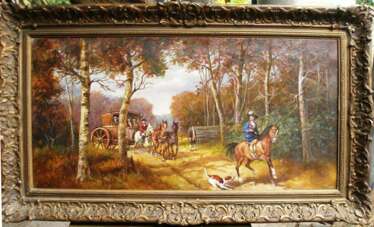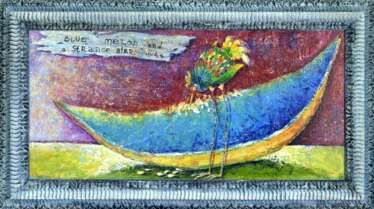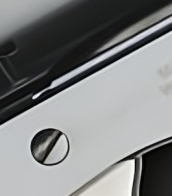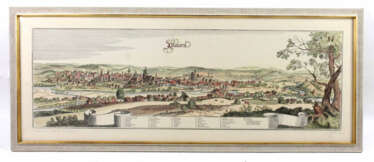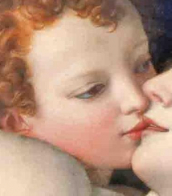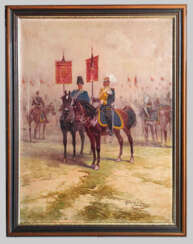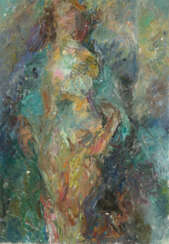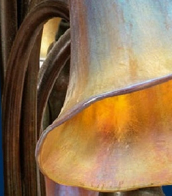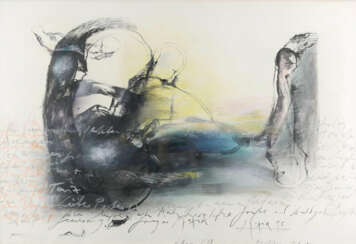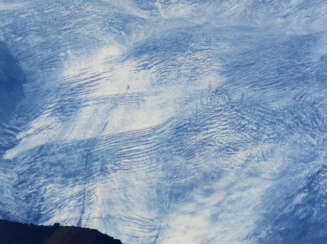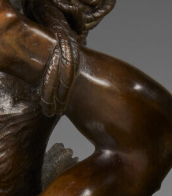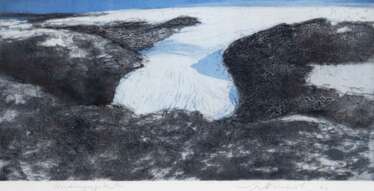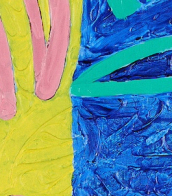15 Items by auctions and galleries:
rahmen (94
Голубая птица и странная птица Юра
Liliya Stepanova (b. 1985) 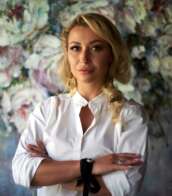 Shop Stepanova Liliya
Shop Stepanova Liliya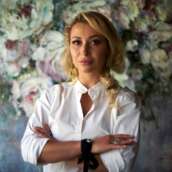

Liliya Stepanova
11.05.1985
Ukraine
Лилия Степанова – современный украинский художник, со основатель и арт-директор «Художественной школы Лилии Степановой». Архитектор по образованию. Начала увлекаться живописью еще с раннего детства.
Работает в нескольких авторских направлениях масляными и акриловыми красками с применением декоративных техник.

Artist shop
Stepanova Liliya
Ukraine
Number of products: 43
Lot 296 Hermann Groeber
Hermann Groeber (1865 - 1935) 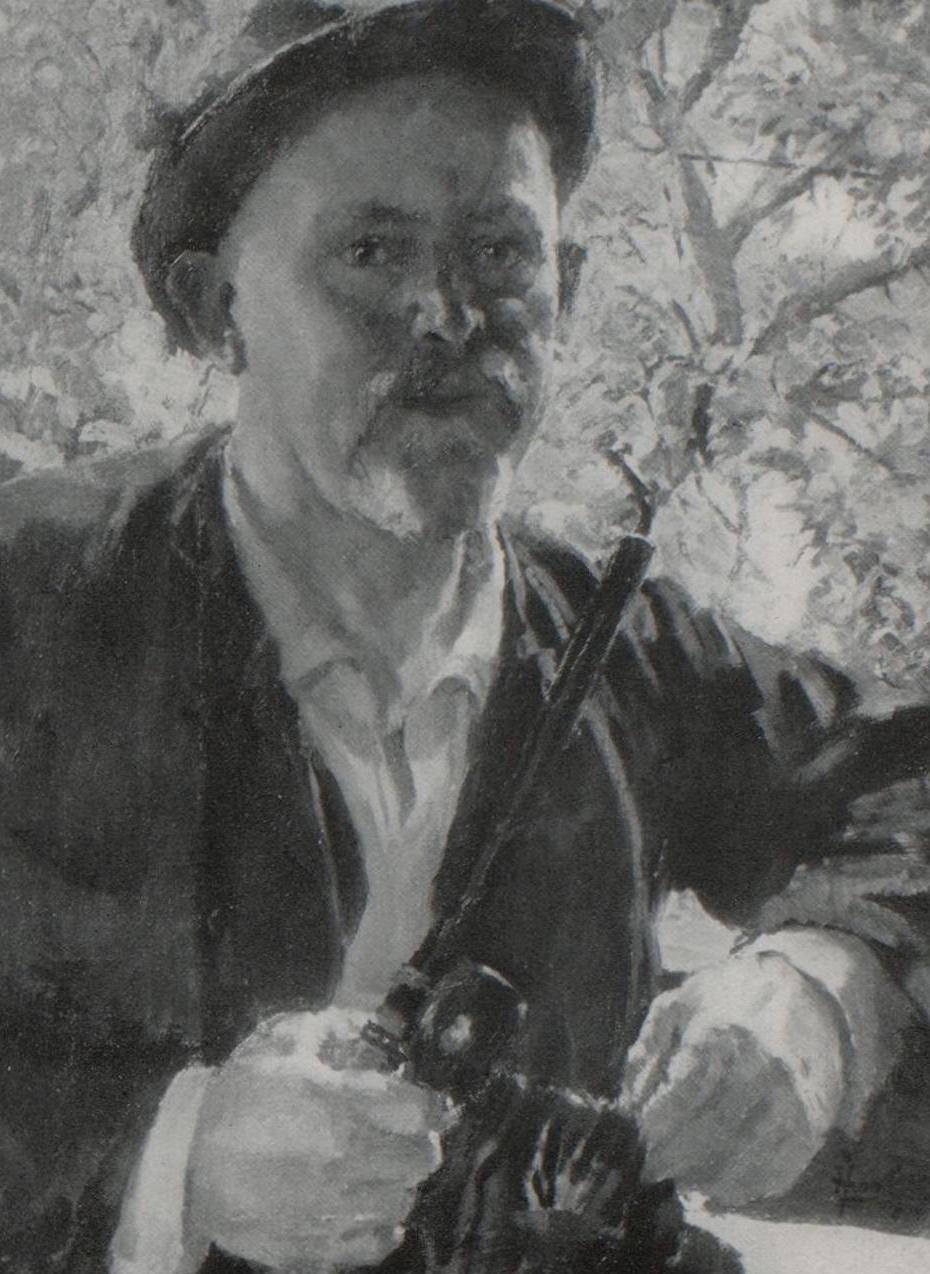 A419: Kunst und Antiquitäten Winter 2025
A419: Kunst und Antiquitäten Winter 2025 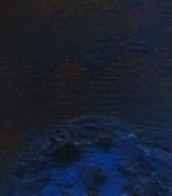

Hermann Groeber
17.07.1865 - 24.06.1935
Germany
Hermann Groeber was a German painter who was known throughout Germany as a portraitist and landscape artist.
Hermann Groeber gained early success as a self-employed painter. He joined the German Association of Artists, and after Ludwig Schmid-Reutte was appointed to Karlsruhe, Groeber took over his class of nude acts, which soon enjoyed great popularity.

Kunstauktionshaus Neumeister
A419: Kunst und Antiquitäten Winter 2025
Date: 03.12.2025 14:00 UTC +01:00
Number of lots in the catalog: 356





